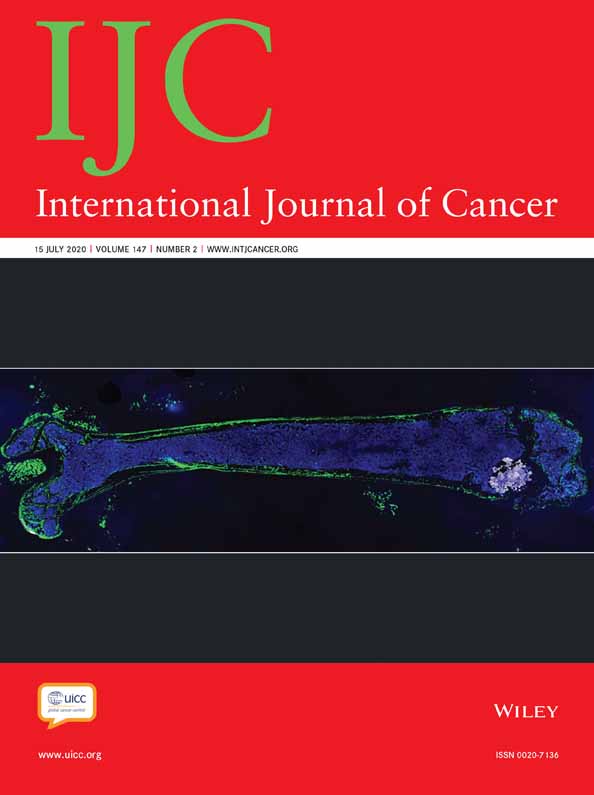Assessment of the expression of the immune checkpoint molecules PD-1, CTLA4, TIM-3 and LAG-3 across different cancers in relation to treatment response, tumor-infiltrating immune cells and survival
Abstract
Immune checkpoint molecules have been identified as crucial regulators of the immune response, which motivated the emergence of immune checkpoint-targeting therapeutic strategies. However, the prognostic significance of the immune checkpoint molecules PD-1, CTLA4, TIM-3 and LAG-3 remains controversial. The aim of our study was to conduct a systematic assessment of the expression of these immune checkpoint molecules across different cancers in relation to treatment response, tumor-infiltrating immune cells and survival. Oncomine and PrognoScan database analyses were used to investigate the expression levels and prognostic values of these immune checkpoint molecule genes across various cancers. Then, we used Kaplan–Meier plotter to validate the associations between the checkpoint molecules and cancer survival identified in the PrognoScan analysis. TIMER analysis was used to evaluate immune cell infiltration data from The Cancer Genome Atlas. Finally, we used Gene Expression Profiling Interactive Analysis to investigate the prognostic value of these four checkpoint molecules and assess the correlations between these four checkpoint molecules and genetic markers. These immune checkpoint molecules may potentially serve as prognostic factors and therapeutic targets in breast cancer, ovarian cancer and lung cancer. The prognostic roles of these checkpoint molecules varied greatly across cancers, which implied a noteworthy amount of heterogeneity among tumors, even within the same molecular subtype. In addition, the expression patterns of these checkpoint molecules were closely associated with treatment response and provided some useful direction when choosing chemotherapeutic drugs. These findings enhance our understanding of these checkpoints in cancer treatment and identify strategies to promote synergistic activities in the context of other immunotherapies.
Abstract
What's new?
Immune checkpoint molecules have been identified as crucial regulators of the immune response against tumors. However, the prognostic significance of the immune checkpoint molecules PD-1, CTLA4, TIM-3, and LAG-3 remains controversial. Using a computational approach, the authors conducted a systematic assessment of the expression of these immune checkpoints across different cancers in relation to treatment response, tumor-infiltrating immune cells, and patient survival. They reveal the potential of these immune checkpoints to serve as prognostic markers and therapeutic targets in some cancers. The findings enhance the current understanding of these checkpoints and identify strategies to promote synergistic activities with other immunotherapies.
Open Research
Data availability
The data that support the findings of our study are openly available from the Oncomine database, the PrognoScan database, the TCGA and GEPIA at (https://www.oncomine.org/resource/login.html, http://dna00.bio.kyutech.ac.jp/PrognoScan/, https://tcga-data.nci.nih.gov/tcga/, http://gepia.cancer-pku.cn/index.html).




